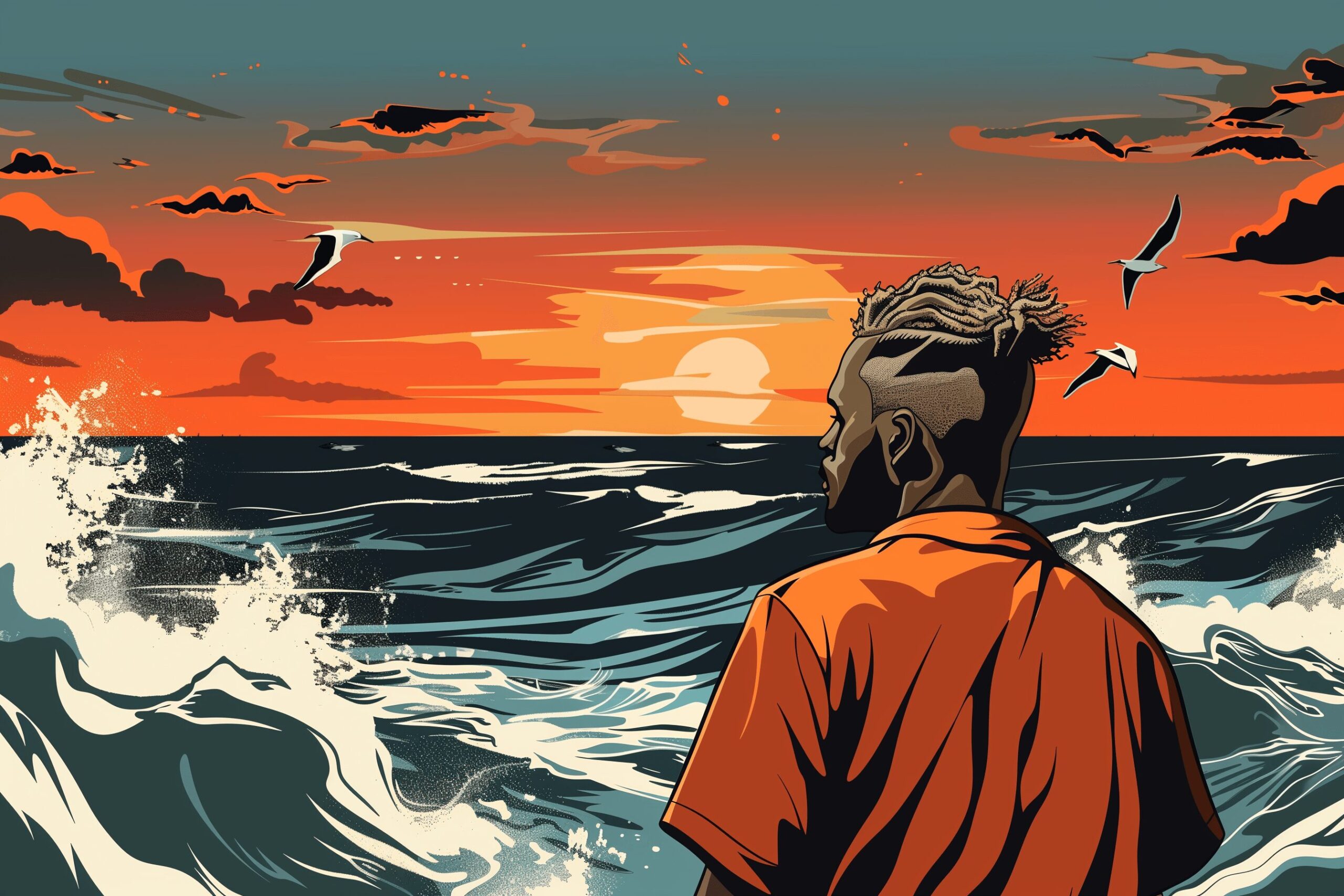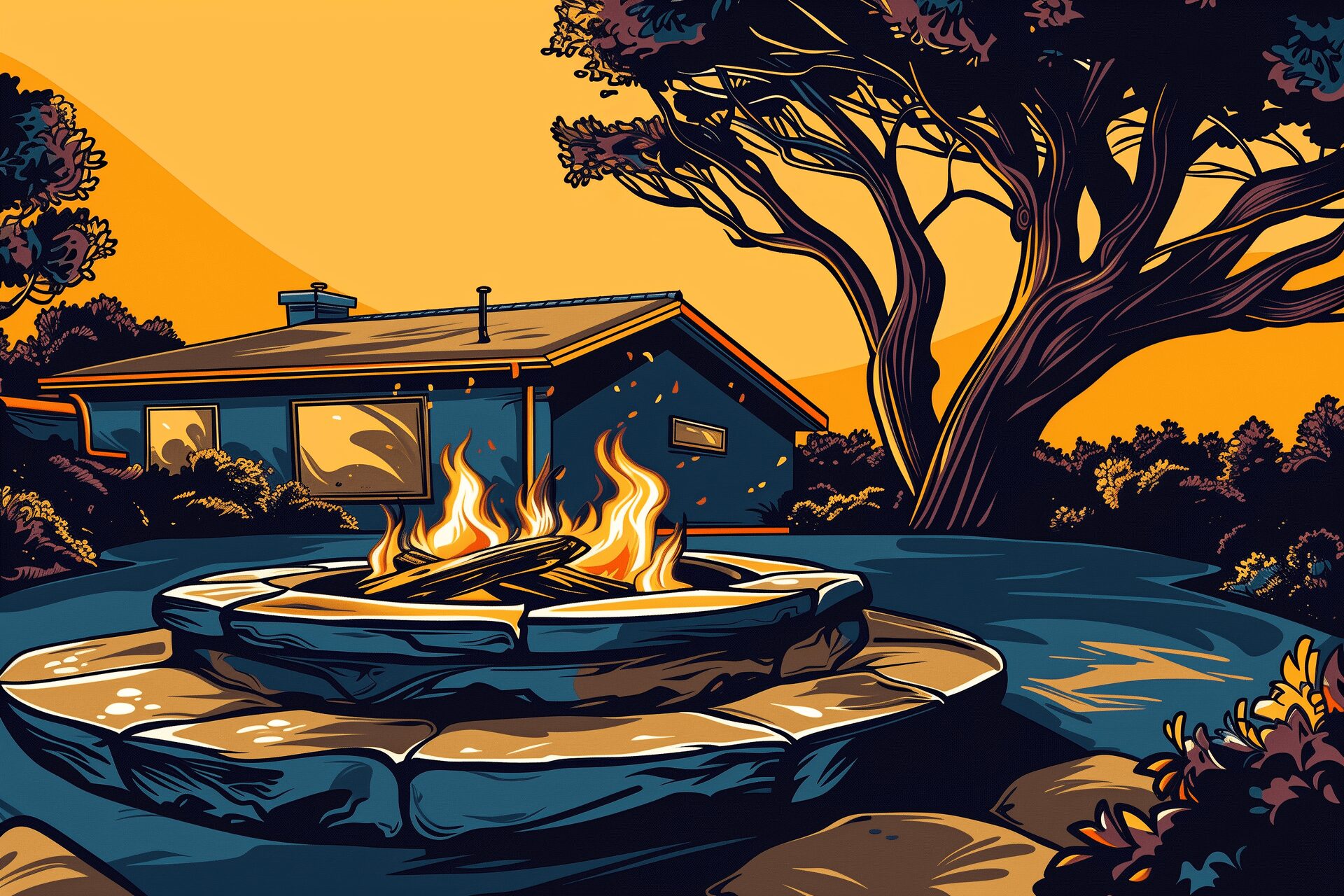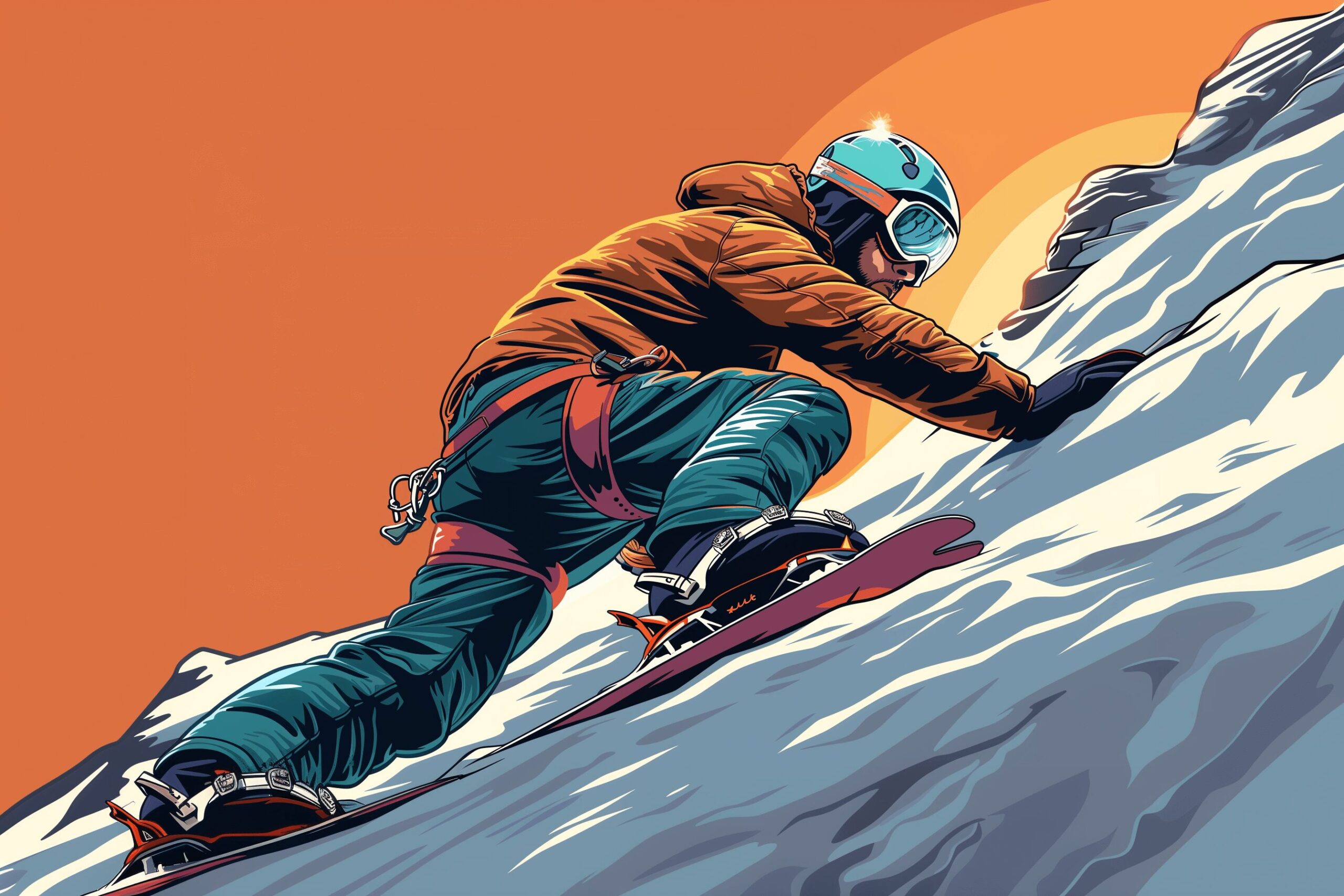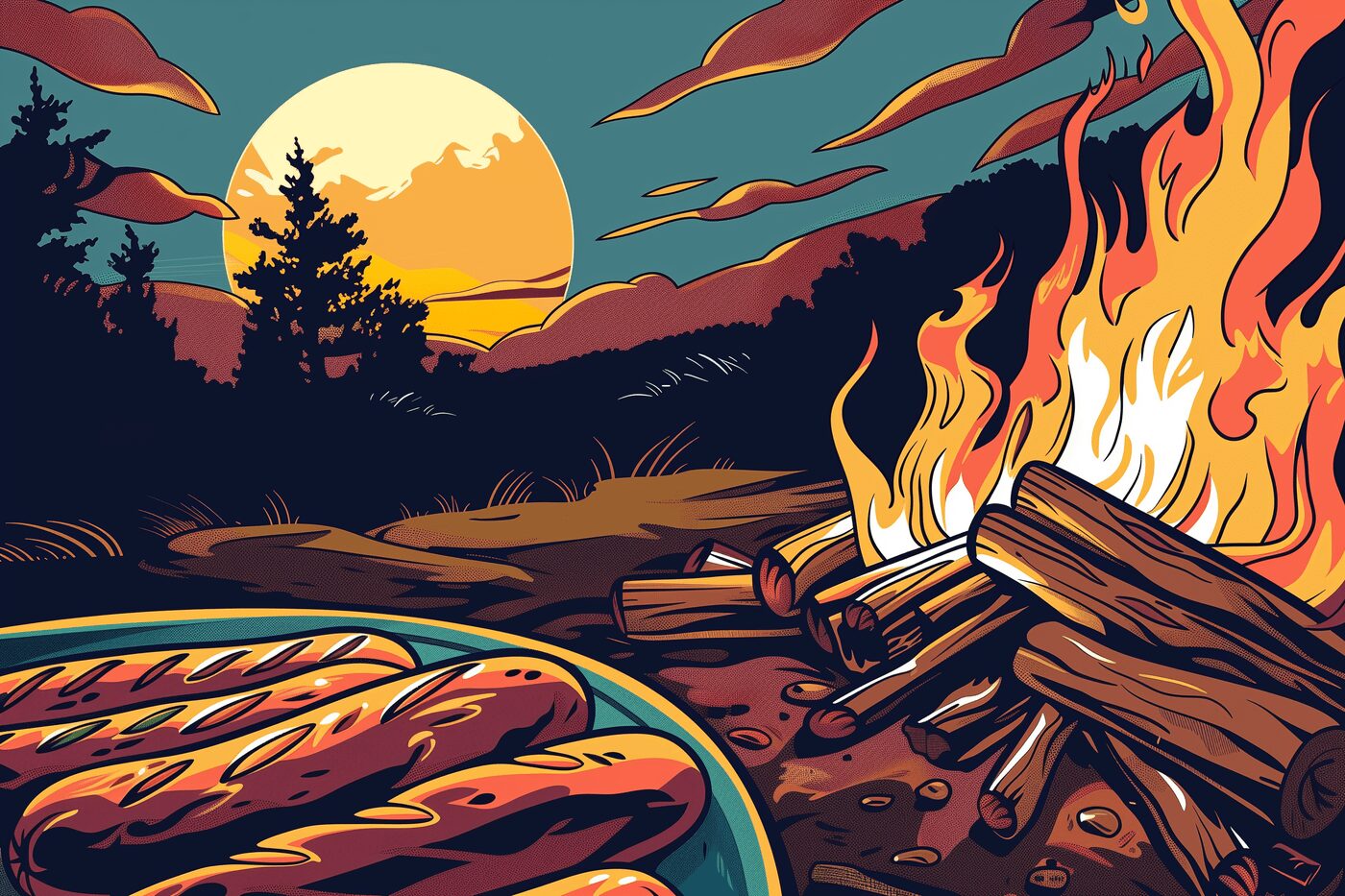2024 Beginner’s Guide to Prepping
May 26, 2023
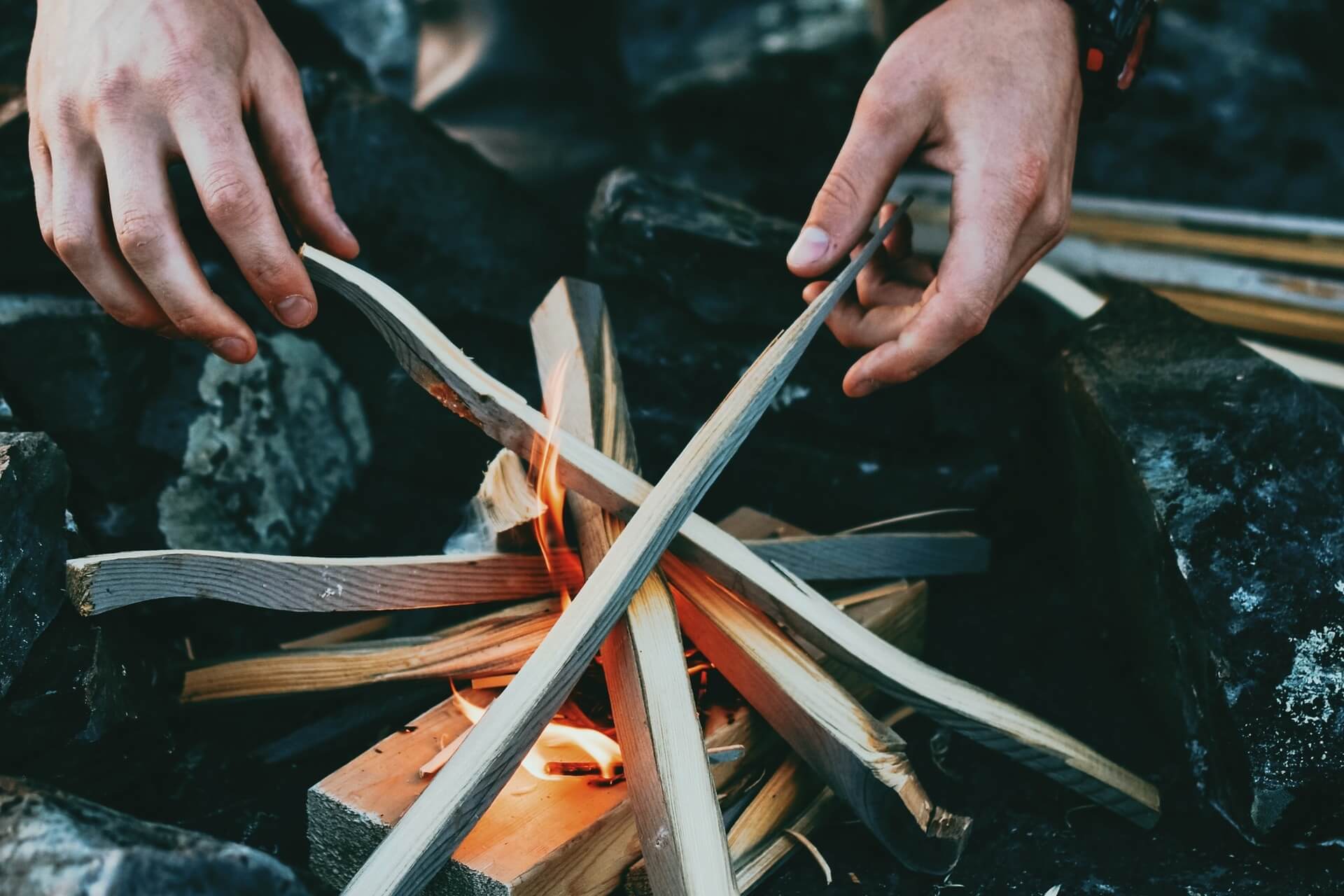
As an Amazon Associate, Modded gets commissions for purchases made through links in this post.
It feels like some new world-ending event is cropping up every time you turn on the news. Someone is hovering their finger over the big red button or an outbreak of yet another virus is beginning to spread.
It’s tempting to stick our heads in the sand and hope for the best, but that ostrich-like behavior won’t keep you safe or alive if the worst does happen and the world as we know it comes to an end.
If you haven’t started yet, here is an easy-to-follow beginner’s guide to prepping.
What You Need
When you’re getting started with prepping, the first step is to figure out what you need. The exact details will vary depending on your location and the needs of your household.
In general, you want to make sure you have everything you need to survive without the assistance of others. That means no trips to the grocery store when the pantry empties and no rushing to the emergency room if you injure yourself.
A good foundation of prepping supplies will include:
- Food — Dry goods and non-perishables are the best options, but if you’ve got an off-grid power source, you may also be able to stock up on frozen foods. Aim for things with a long shelf life.
- Water — The average human being needs a gallon of water per day. Half is for drinking and half is for hygiene. That number can climb dramatically in hot climates or if someone is more active during the day. Liquid water storage takes up space, so if you have a natural water source nearby, include water purification supplies.
- Medical Supplies — You’ll need more than a basic first aid kit if you hope to survive in the apocalypse. Make sure you have everything you might need, from basic bandages to more advanced suture kits or medications. If anyone in your household requires prescription medication, stock up whenever possible.
- Fire Supplies — If the power goes out, you’ll need something else to cook and keep warm. Stock up on wood, tinder, and firestarters like lighters, matches, or your favorite survivalist tools.
- Hygiene Tools — Staying clean is good for your mental health in a stressful situation. Proper hygiene can also help prevent diseases like dysentery, which is spread by contact with human waste.
- Tools and Related Accessories — You’ll need to be able to repair anything you want to keep using if the world ends. A good collection of tools and a stock of things like WD-40 and duct tape can help you keep things operational.
- Defensive Items — Guns, ammo, and other tools for defense will likely become necessary if the world ends. Desperate people get dangerous and you’ll need something to protect your supplies. Make sure you practice with any firearms or weapons you choose to keep around.
Keeping Yourself Safe
Having enough supplies to keep your family fed and healthy is essential, but all the stores in the world won’t help if you don’t have a safe place to retreat if you’re under attack. If you’ve got a basement or a storm shelter, you may already have a plan. A safe room might be the best option for homes that don’t already have these features installed.
Safe rooms can be added to existing construction or designed directly into a new home. Even if you’re not worried about the end of the world, a safe room can protect you from regular run-of-the-mill burglaries and home invitations.
According to the FBI, more than 1 million burglaries happened across the U.S. in 2019. Having a stable structure to retreat to during a burglary, home invasion, tornado, or terrorist attack can put your mind at ease.
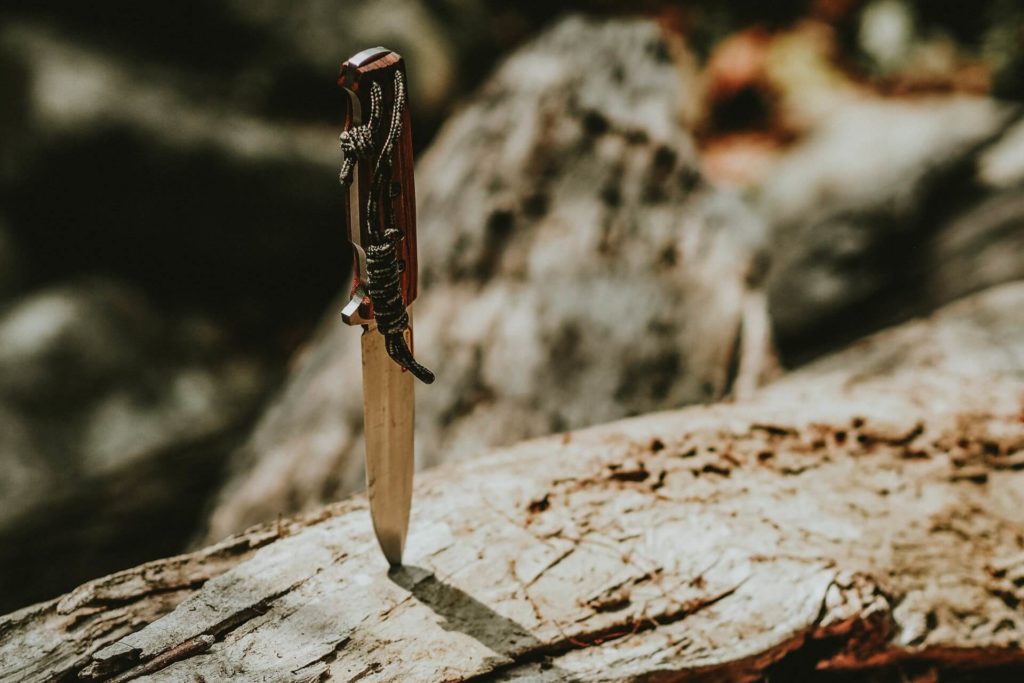
Where to Store It
Collecting supplies is only part of the puzzle when you start prepping. You also need somewhere to store all your supplies. It isn’t as easy as just using your garage or shed. Keep in mind that there are six enemies of long-term storage that you need to consider:
- Oxygen — Exposure to oxygen causes oxidation and can accelerate spoilage.
- Humidity/Moisture — Damp environments promote mold or mildew growth and encourage spoilage.
- Light — Exposure to too much natural or artificial light can cause food to degrade faster.
- Pests — Insects and rodents are happy to help themselves to your food and it doesn’t take much to ruin an entire food container.
- Temperature Extremes — Your food will spoil faster if it gets too hot or cold. Heat can also cause canned foods to lose their nutritional value.
- Time — There is no way to future-proof food stores, but some dried or non-perishable foods can last decades with proper storage.
You need a place to store your supplies where you can control the temperature and humidity at the very minimum. Outdoor or underground storage is an option as long as you make it climate-controlled and you can take steps to keep pests out of your food.
Be Ready for Anything
People have looked down upon preppers as acting paranoid or downright crazy. But there’s nothing crazy about being prepared. A lot goes into prepping and gathering the supplies you’ll need to stay healthy and happy if the world falls apart. This beginner’s guide to prepping outlines the basics, but do your research to see what will work best for you.
